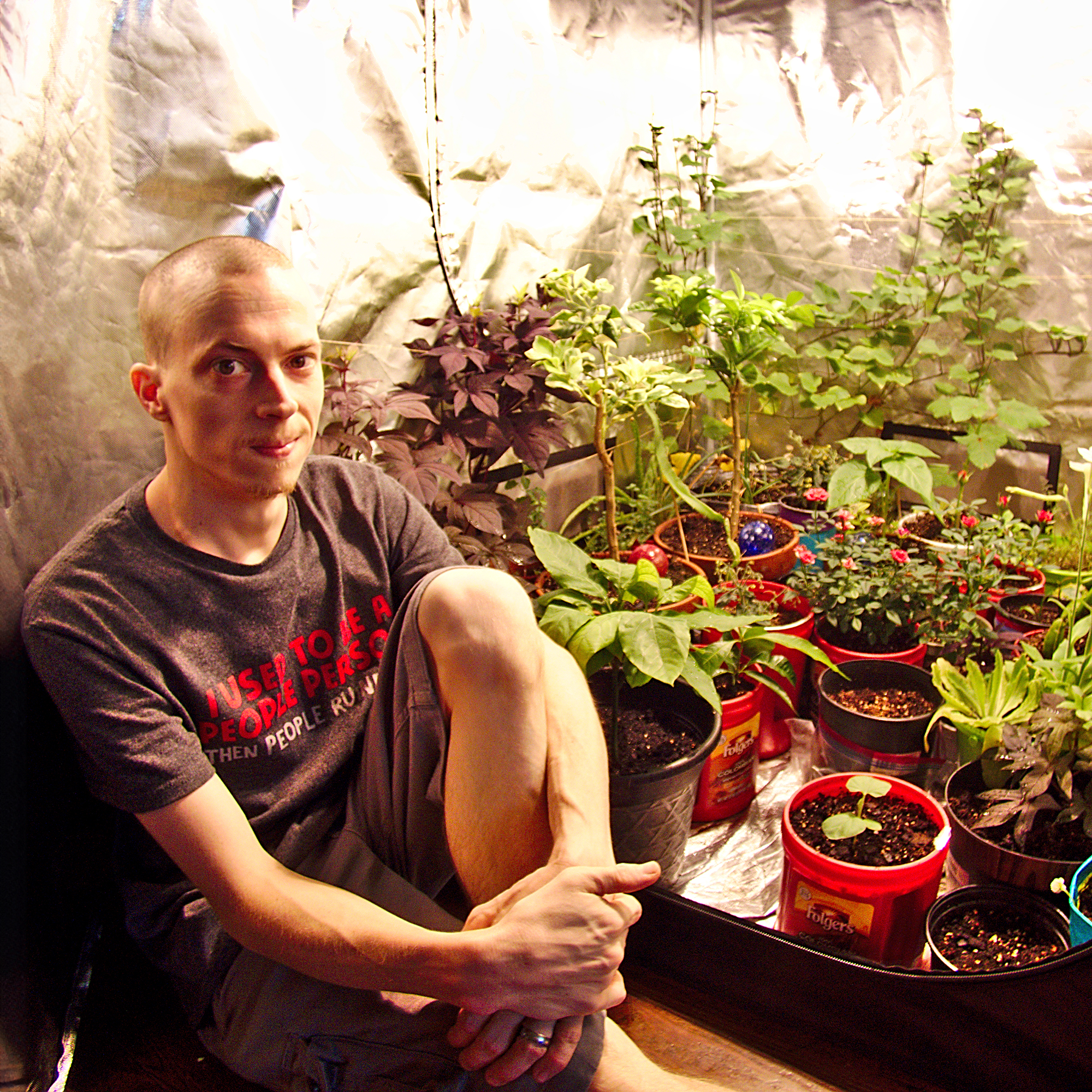Build Your Own DIY Cold Frame for Extended Growing
Keep the harvest coming with a DIY cold frame by following this simple guide.


A DIY cold frame is like a secret weapon for stretching your garden season. It’s just a box that grabs sun and keeps plants cozy when frost hits, so you can pick greens well into winter. Throwing one together yourself saves money and fits your space like a glove. One thing that give you a head start is knowing how to build a cold frame without overcomplicating it.
Cold frames for raised beds are especially handy, keeping soil toasty and plants safe from chilly winds. They act like mini greenhouses but way simpler. Learning how to use a cold frame shows how they hold warmth and block cold, making your garden work overtime. Pick a sunny spot, and you’re halfway to fresh veggies when others are stuck buying them.
Benefits of Making a DIY Cold Frame
There are plenty of cold frames for sale on Amazon that work great, but a DIY cold frame kicks your gardening up a notch. It soaks up sun to keep soil warm, letting you germinate seeds early in spring or keep kale going into December. You can grow stuff like lettuce when temps dip to 32°F (0°C), meaning more homegrown eats.
It’s cheap and made to fit your yard. Old windows or scrap wood work fine, saving you cash over fancy setups. A cold frame keeps frost, pests, and wind at bay, so plants stay happy. It’s a quick build that pumps up your yields without breaking the bank.
The Best Location to Build a Cold Frame

Set your cold frame where the sun hits hard. South-facing spots are wonderful, catching 6 to 8 hours of light daily, especially in winter when the sun’s low. Don’t stick it under trees or by buildings that shade it out.
Make sure the ground slopes a bit for drainage. Keep it near your house for quick checks in rough weather. Windy areas need a barrier like a fence. Use a digital thermometer like this one from Amazon to find the sunniest, warmest spot.
Should I Use a Cold Frame Kit?
A cold frame kit is great if you’re in a rush. Something like this Outsunny one from Amazon is a great start for an easy to use kit. But building your own is dirt cheap and flexible. Old windows and leftover lumber can cost under $20, while kits run $50 to $200. Kits are quick, but DIY lets you tweak the size. Pick a kit for speed, DIY for savings and customization.
Sign up for the Gardening Know How newsletter today and receive a free copy of our e-book "How to Grow Delicious Tomatoes".
DIY Cold Frame Materials

Grab basic stuff for your DIY cold frame. Cedar or pine 2x4s or 2x6s make a solid frame, 12 to 18 inches (30 to 45 cm) tall, sloped from back to front. Old windows or plexiglass make a clear lid. Hinge it for easy access.
You’ll need screws, hinges, and a handle. Gorilla Wood Glue from Home Depot keeps joints tight. Toss in hardware cloth like this from Home Depot at the bottom to stop rodents. These materials hold strong against cold down to 20°F (-7°C).
How to Build a Cold Frame, Step By Step
- Start with the frame. Cut wood for a box – The back at 18 inches (45 cm) tall, and front at 12 inches (30 cm), sides sloped to connect.
- Screw it together, aiming for 3 feet by 6 feet (90 cm by 180 cm).
- Sand edges to keep splinters away.
- Add the lid. Hinge an old window or plexiglass to the back.
- Stick a prop stick on to crack it open on warm days above 50°F (10°C).
- Seal gaps with weather stripping to lock in heat.
- Set it in your spot.
- Fill with soil or pots, and you’re good to go!
Making the Most of a Cold Frame

Pop the lid every day to keep your cold frame from cooking your plants. Lift it on sunny days above 50°F (10°C), then close it up at night. Go easy on watering since the frame holds in dampness. Grow hardy stuff like arugula or carrots that shrug off chilly temps.
Mix up your crops to keep the soil buzzing. Use the frame for kicking off seeds early, toughening up seedlings, or overwintering perennials. A heating mat adds warmth below 32°F (0°C). Peek at plants weekly for pests or mold.
Maintenance Tips

Give your cold frame a yearly scrub. Wash the lid with soapy water to let light pour in as much as possible. Check wood for rot and swap out bad pieces. In heavy snow, swap the lid for a sturdy tarp to keep it from cracking while shielding plants.
Fix loose hinges or worn seals. Strong, water resistant tapes patch small cracks fast. Keep weeds out and refresh mulch inside. With a little upkeep, your frame keeps going strong, saving you on grocery runs.
Final Thoughts
A DIY cold frame is a simple way to stretch your garden’s season. Find a sunny spot, build it yourself or grab a cold frame kit, and follow the steps for a solid setup. Vent it right, keep it clean, and your plants stay safe from frost. With cold frames for raised beds and some how to grow vegetables tricks, you’ll have fresh food when others don’t.

Tyler’s passion began with indoor gardening and deepened as he studied plant-fungi interactions in controlled settings. With a microbiology background focused on fungi, he’s spent over a decade solving tough and intricate gardening problems. After spinal injuries and brain surgery, Tyler’s approach to gardening changed. It became less about the hobby and more about recovery and adapting to physical limits. His growing success shows that disability doesn’t have to stop you from your goals.